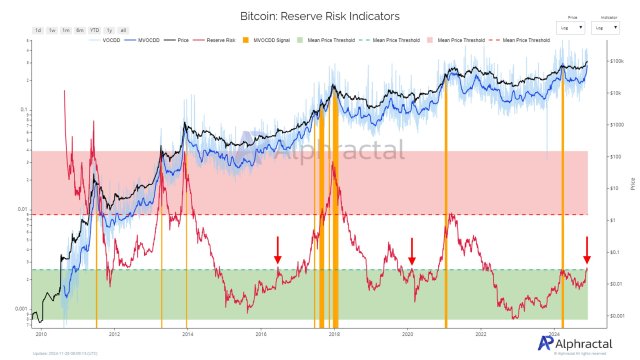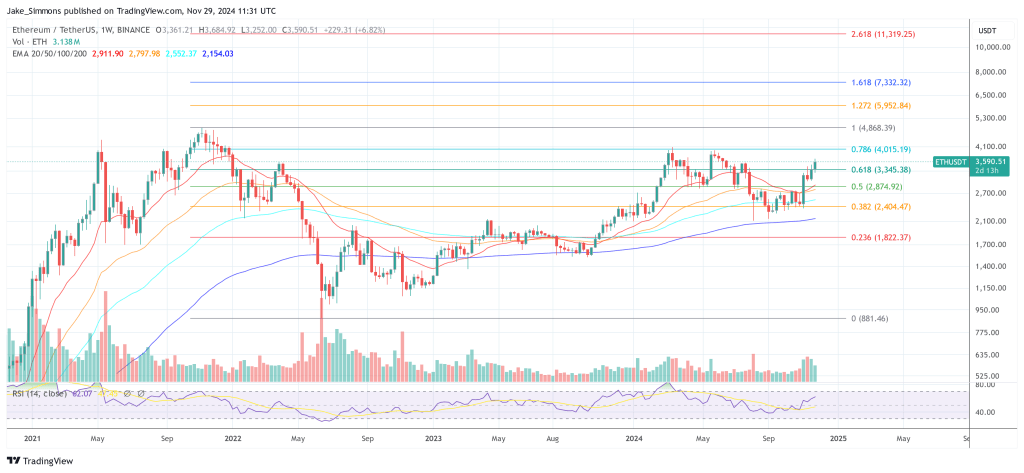The chances of a block being reorganized because of a new chaintip displacing the current one drop exponentially as the number of blocks in the current chaintip increases. Since in theory a chain of any depth could be reorganized, it is impossible to define a "safe" depth, but in practice we commonly see recommendations of up to 6 blocks before a transaction can reasonably assumed to be final. In other words, the safety violation depends on your assumption of how many confirmations are required.
It is my understanding that this is the kind of safety referred to in the document you linked. For example, say you're selling your car for Bitcoin but you agree with the buyer that you'll only give him the car keys as soon as the transaction has 6 confirmations. If the buyer tries to attack you by secretly mining a parallel chain and double spending their payment, the safety of your agreement is not violated if they decide to publish their private alternative chain too early. After all, you've agreed to wait to give them the keys before reaching the 6 confirmations.
Note of course that successfully mining a private chain in parallel would require the attacker to have a majority of hashrate (leaving aside selfish mining), which in the current environment is extremely difficult and costly.
See also Why is 6 the number of confirms that is considered secure?

You can get bonuses upto $100 FREE BONUS when you:
💰 Install these recommended apps:
💲 SocialGood - 100% Crypto Back on Everyday Shopping
💲 xPortal - The DeFi For The Next Billion
💲 CryptoTab Browser - Lightweight, fast, and ready to mine!
💰 Register on these recommended exchanges:
🟡 Binance🟡 Bitfinex🟡 Bitmart🟡 Bittrex🟡 Bitget
🟡 CoinEx🟡 Crypto.com🟡 Gate.io🟡 Huobi🟡 Kucoin.




















Comments